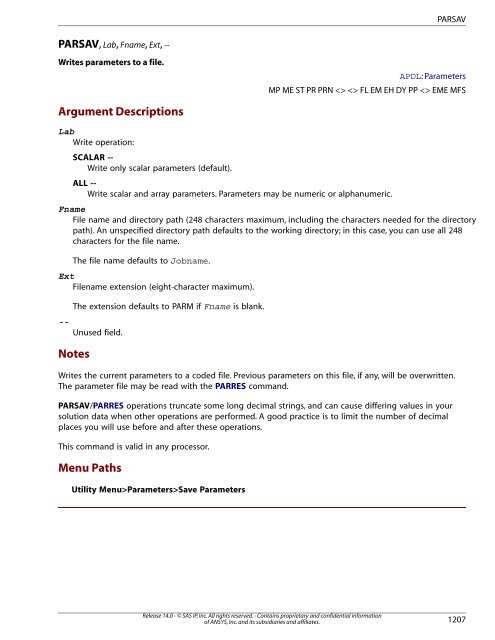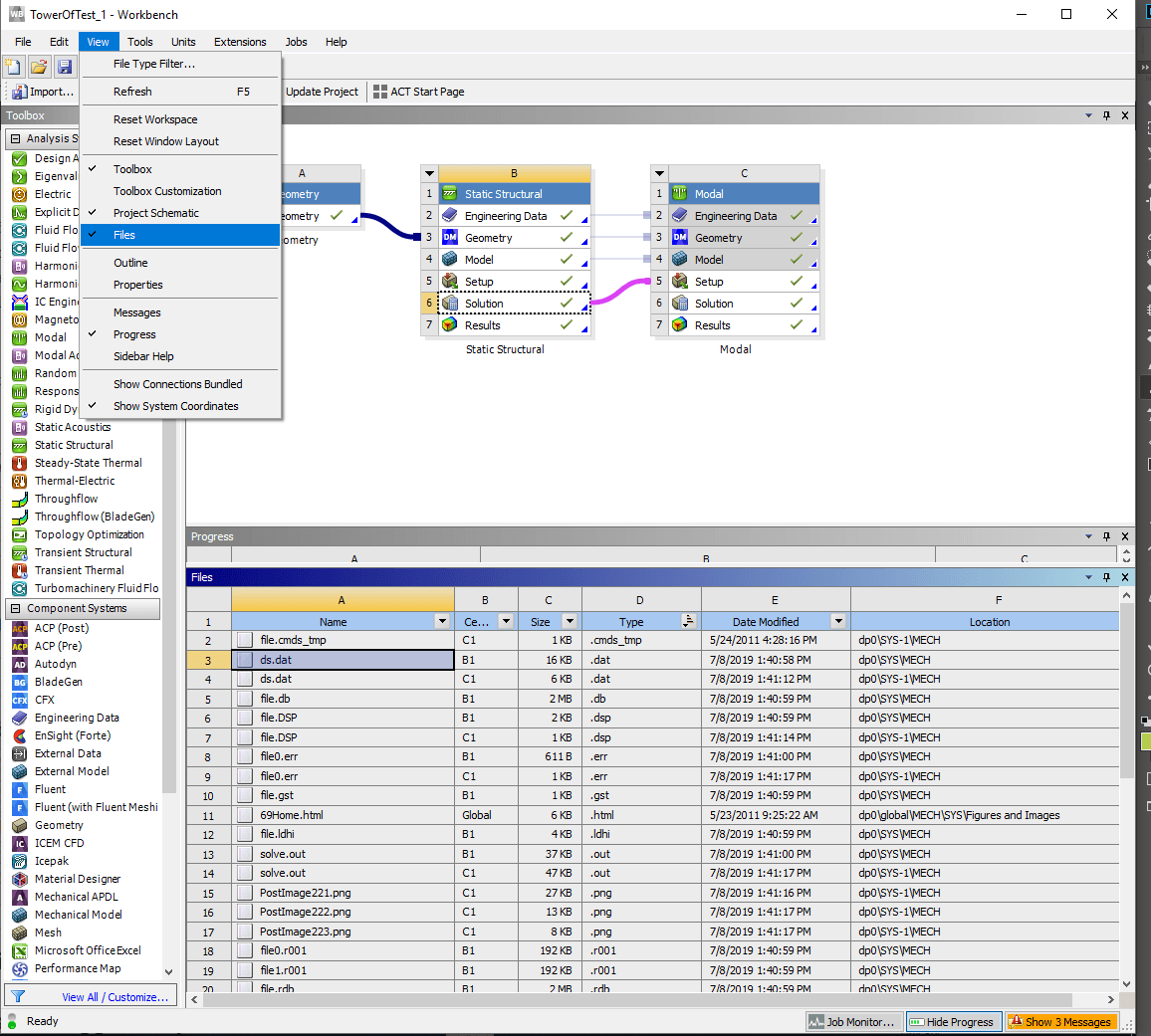

The post-processor allows the users to work with their results, makes graphical outputs, and do in-depth post-processing. POST1 – this command will take you to the post-processor. This is the most visited processor in product design and testing. This processor comprises of all the design modification and changes that need to be done to your geometry. SOLU – this command will take you into the solution processor. The following are the processor types and their respective commands. Regardless of where you are in the model tree of your project, if you need to go from your current processor to another processor, you just need to insert the proper set of commands to change the processors. If you create a command in your ANSYS APDL model, it will be performed directly into the pre-processor, solution processor, and in the post-processor. In the case where you input a preprocessor command when you are in the postprocessor section, the system will generate an error. The commands that the users use are at times dedicated to one processor only. In the past, there used to be more than ten processors, but now most of them have been undocumented.

The APDL program has a total of ten processors.

Five common ANSYS APDL commands users should knowĪNSYS APDL or ANSYS Parametric Design Language is the primary language used to commute with the Mechanical APDL solver.One of the most prominent design languages used by ANSYS is the APDL. Sohaib Alam What is ANSYS APDL and why it is still used today?ĪNSYS has several design languages that they incorporate for the vast number of simulation capabilities that ANSYS allows its users to have.


 0 kommentar(er)
0 kommentar(er)
